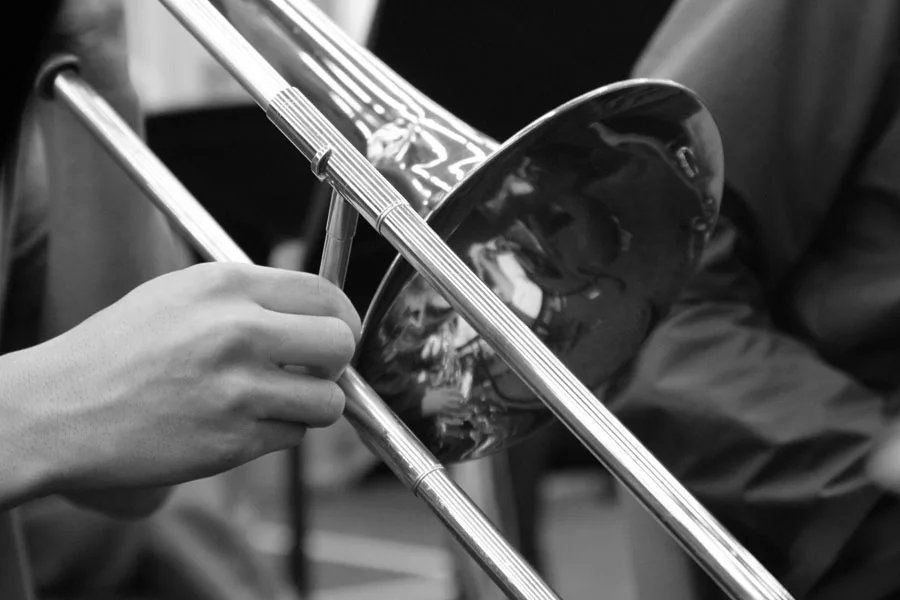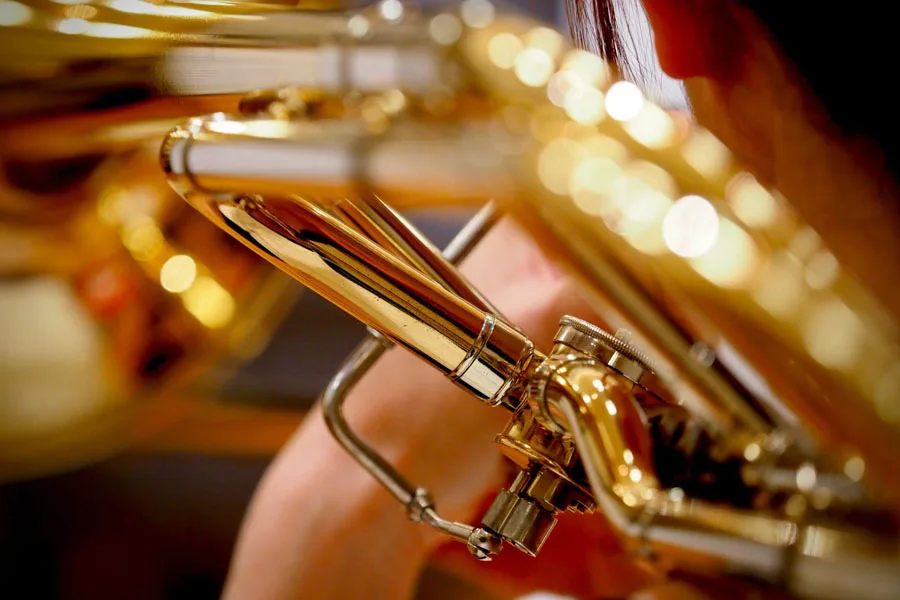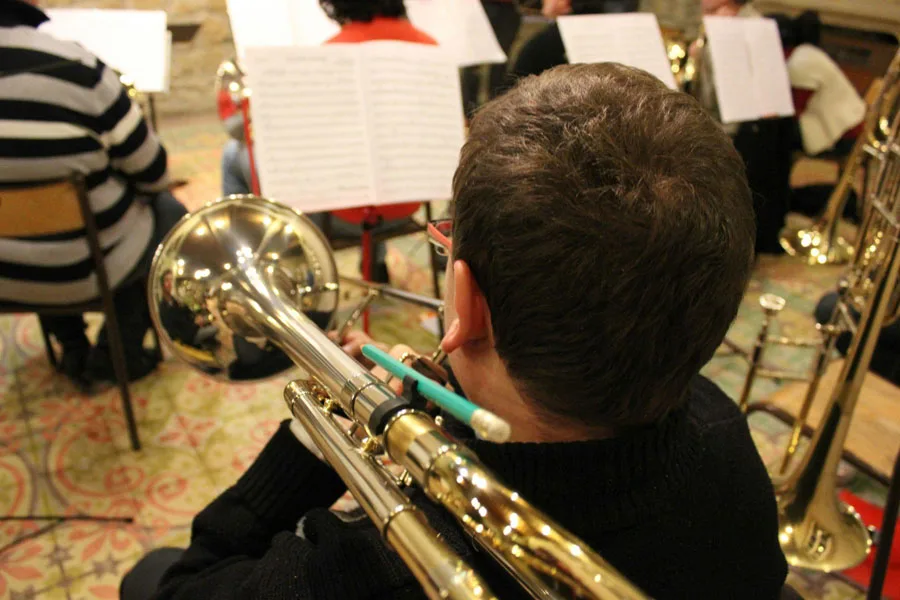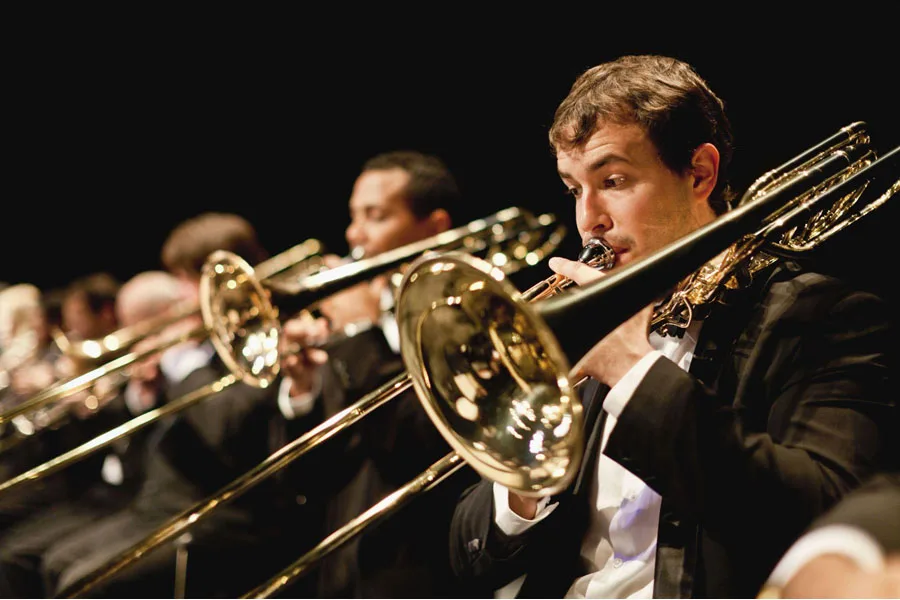Table of Contents
– Introduction
– Trombone Market Landscape
– Crucial Elements for Trombone Selection
– 2024’s Premier Trombone Choices
– Conclusion
Introduction
Selecting the ideal trombone can significantly impact the orchestra’s performance and the satisfaction of the musicians. For business buyers tasked with making these high-stakes purchases, the market’s complexity can seem daunting due to the extensive range of models and specifications available. This guide is meticulously crafted to assist you in navigating these choices with ease. Continue reading to empower your purchasing decisions with expert insights and recommendations tailored to meet the exacting demands of professional brass musicians.
Trombone Market Landscape
The global trombone market has witnessed steady growth in recent years, driven by the increasing popularity of brass ensembles and jazz music. In 2023, the market size reached USD 450 million, with a projected compound annual growth rate (CAGR) of 4.5% from 2024 to 2030. North America and Europe dominate the market, accounting for 60% of the global share, while Asia-Pacific emerges as a rapidly growing region. The demand for high-quality trombones continues to rise as musicians seek instruments that deliver exceptional sound, durability, and playability.

Crucial Elements for Trombone Selection
Bore Size: The Foundation of Sound
The bore size, or the diameter of the trombone’s inner tubing, is a crucial factor that lays the groundwork for the instrument’s tonal characteristics. It plays a pivotal role in shaping the sound, and understanding its impact is essential for making an informed purchase decision. Smaller bores, typically around 0.500 inches, offer a brighter, more focused tone that cuts through the mix, making them ideal for jazz ensembles and solo performances where clarity and projection are paramount.
On the other hand, larger bores, ranging from 0.547 to 0.562 inches, produce a fuller, richer sound with a more robust low end, making them well-suited for orchestral and symphonic settings where blend and warmth are key. When selecting a trombone for your business, it’s crucial to consider the musical styles and contexts in which your musicians will be performing, as well as the desired tonal qualities that best serve those needs.

F Attachment: Expanding Your Range
An F attachment, also known as a trigger, is an invaluable addition to a trombone that significantly expands its capabilities and versatility. This carefully engineered mechanism consists of an additional length of tubing that allows trombonists to effortlessly access lower notes and alternate positions, unlocking a whole new realm of musical possibilities. For bass trombonists and those frequently performing in lower registers, an F attachment is an indispensable tool that enables them to navigate the depths of their instrument’s range with unparalleled ease and precision.
When making a purchasing decision for your business, it’s crucial to carefully evaluate your musicians’ repertoire and playing style to determine whether an F attachment is a necessary investment. By equipping your trombonists with instruments that feature this game-changing technology, you empower them to tackle even the most demanding musical passages with confidence and finesse, ultimately elevating the overall quality of their performances.

Bell Material: Crafting the Perfect Tone
The bell, the flared end of the trombone, is a critical component that significantly influences the instrument’s tonal characteristics and overall sound quality. It acts as the final stage in shaping the trombone’s voice, and the choice of bell material is a key consideration for businesses looking to invest in high-quality instruments.
Yellow brass bells, known for their brilliant and assertive nature, deliver a bright and projecting sound that cuts through the ensemble, making them ideal for lead roles and solo performances. On the other hand, rose brass bells offer a warmer, mellower tone with a rich, velvety texture that blends seamlessly into the ensemble, perfect for supporting roles and harmonious passages. For those seeking the ultimate in tonal refinement, sterling silver bells, though more expensive, provide a brilliant, clear sound with enhanced projection and a touch of elegance, elevating the trombone’s sound to new heights.
When selecting the perfect trombone for your business, it’s essential to carefully evaluate the tonal preferences and budget, weighing the unique characteristics of each bell material to ensure that you choose the one that best suits the needs and aligns with your musical vision.

Slide Action: Smooth and Effortless
A trombone’s slide action is a critical factor that can make or break a performance, and it is crucial for businesses to invest in instruments that offer smooth, responsive, and effortless slide movement. The slide is the heart of the trombone, enabling musicians to navigate between notes with precision and finesse, and a well-crafted slide can mean the difference between a flawless performance and a frustrating struggle. When evaluating trombones for your business, look for instruments with slides that glide effortlessly, allowing for seamless transitions and unparalleled control over intonation.
Nickel-plated inner slides provide exceptional durability and resistance to corrosion, ensuring that your investment will stand the test of time and maintain its smooth action through countless performances. Chrome-plated outer slides, on the other hand, offer a sleek, professional appearance and reduced friction, allowing your musicians to focus on their artistry rather than battling with a cumbersome slide. To ensure that the trombones maintain their optimal slide performance, it is essential to prioritize regular maintenance, including proper lubrication and care.

Ergonomics and Balance: Comfort in Playing
The ergonomics and balance of a trombone greatly impact playing comfort and endurance. Look for trombones with ergonomically designed hand grips and balanced weight distribution. Adjustable thumb rests and finger hooks provide customization options to suit individual hand sizes and preferences. A well-balanced trombone minimizes fatigue during extended playing sessions.
2024’s Premier Trombone Choices
When selecting a trombone for your business, it’s essential to consider the instrument’s craftsmanship, versatility, and overall performance. Here are five top picks that showcase exceptional features and cater to the needs of professional musicians. Based on the standout features of the top picks, buyers could further purchase products with similar characteristics for the target audience.
1. Bach 42BO Stradivarius Series Trombone: Renowned for its superior craftsmanship and versatility, the Bach 42BO is a favorite among professionals. Its 0.547-inch bore and 8.5-inch one-piece hand-hammered yellow brass bell deliver a rich, centered tone that is suitable for various musical settings. The open wrap F attachment offers outstanding clarity and projection with less resistance, while the chrome-plated nickel silver inner handslide tubes ensure smooth and quick slide action. The clear lacquer finish adds a subtle warmth to the overall sound, making the Bach 42BO an ideal choice for both symphonic and solo performances.

2. Yamaha YSL-882O Xeno Series Trombone: The Yamaha YSL-882O is a professional-grade trombone that combines excellent playability and comfort with a powerful, well-balanced sound. Featuring a 0.547-inch bore and 8.5-inch one-piece yellow brass bell, this instrument delivers a rich, focused tone that projects well in any ensemble setting. The lightweight slide and adjustable thumb rest provide enhanced ergonomics and comfort during extended playing sessions, making the Yamaha YSL-882O a reliable choice for professional trombonists.
3. Conn 88HO Symphony Series Trombone: The Conn 88HO is a top choice for orchestral trombonists, thanks to its warm, expressive tone and precise slide action. With a 0.547-inch bore and 8.5-inch rose brass bell, this trombone produces a rich, complex sound that blends well in symphonic settings. The patented CKB slide system ensures smooth, accurate movement, allowing players to navigate technical passages with ease. The Conn 88HO’s exceptional craftsmanship and performance make it a valuable addition to any professional trombone section.
4. Shires Q-Series Bass Trombone: Designed to meet the demanding needs of professional bass trombonists, the Shires Q-Series offers a range of models tailored to different playing styles and preferences. The Q36 models feature a 0.562-inch bore and 9.5-inch hand-hammered yellow or gold brass bell, delivering a focused, powerful sound throughout all registers. The independent Axial-Flow F/G♭ attachment provides enhanced clarity and response in the low register, while the rotary valve options offer a more open and broad tone quality. With its customizable features and exceptional craftsmanship, the Shires Q-Series bass trombone is a top choice for professional musicians.

5. Edwards T396-A Alessi Model Tenor Trombone: Developed in collaboration with renowned trombonist Joseph Alessi, the Edwards T396-A is a premium trombone that combines the best of yellow and gold brass materials. Featuring a 0.525-inch bore and 8.5-inch yellow brass bell, this instrument delivers a clear, even sound across all registers and dynamics. The gold brass slide and yellow brass slide crook provide a nice mix of warmth and clarity, while the Rotax valve offers stunning performance. The lightweight design and responsive slide make the Edwards T396-A ideal for solo and chamber music performances, showcasing the instrument’s versatility and exceptional craftsmanship.
Conclusion
Selecting the perfect trombone is a personal journey that requires careful consideration of your playing style, musical goals, and individual preferences. By understanding the key factors that influence a trombone’s sound and performance, you can make an informed decision and find the instrument that best resonates with your artistic vision. Embrace the power of the trombone and let your musical expression soar in 2024 and beyond.
Don’t forget to click the “Subscribe” button to stay updated with more articles that align with your business needs and interests on the Chovm Reads sports blog.




